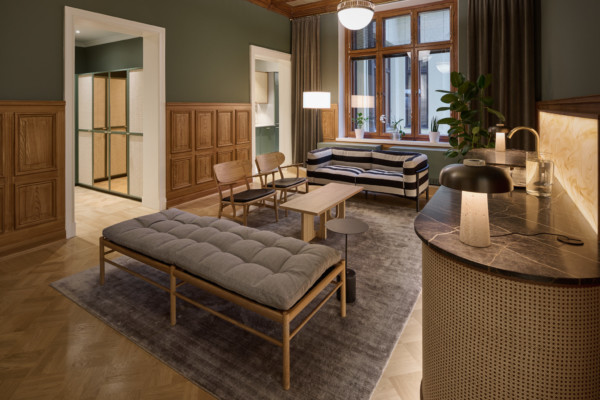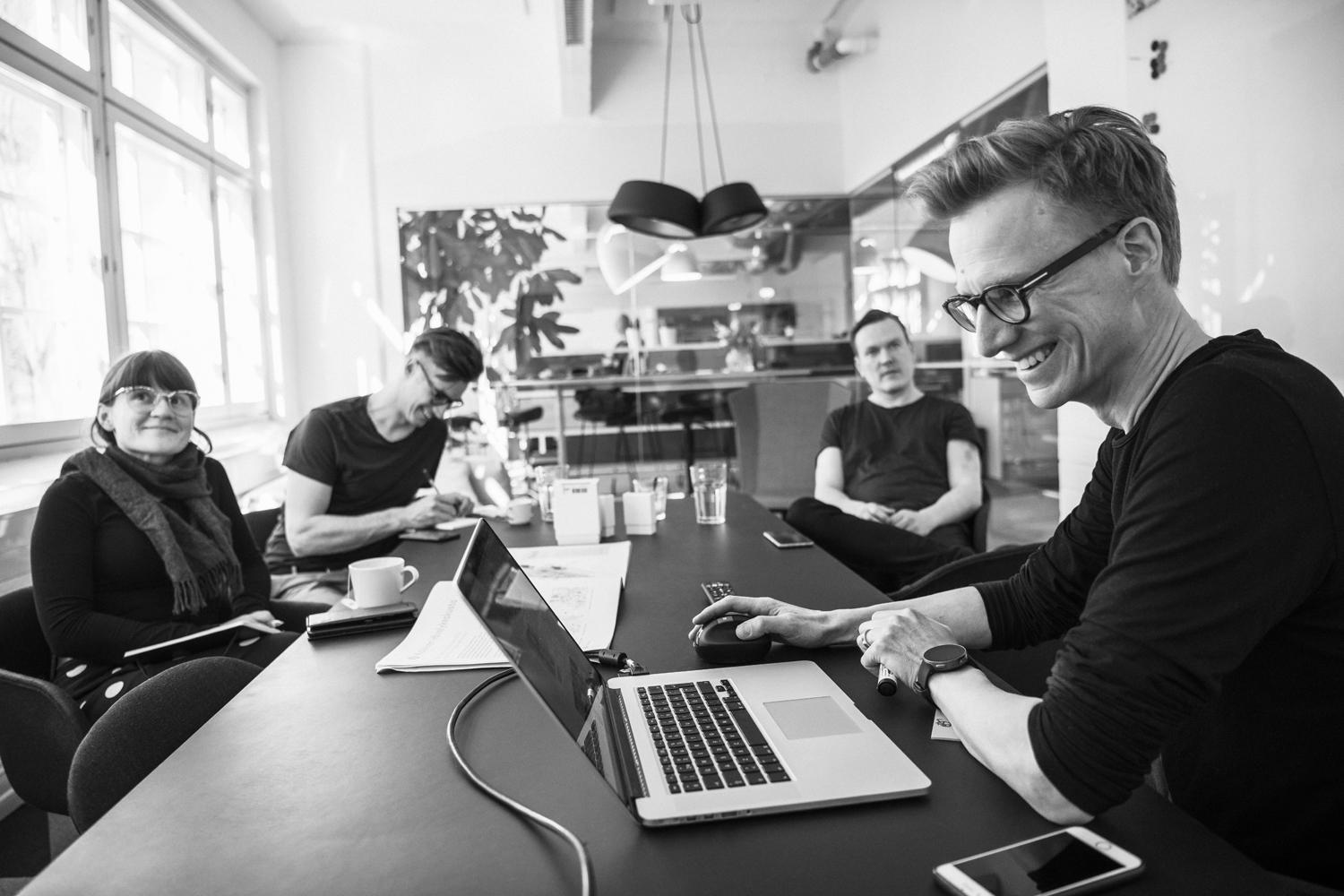
Article 7.5.2021
Our work culture has changed
The physical places where we do our day-to-day work play a huge role in how we work, shaping our work culture. They have also undergone huge change recently. Our working lives will not be as office-centric as they have been until now, which means that, more than ever, we need to focus on making these spaces truly excellent – making sure that they work, both for the business and the people that the business employs.
A fundamental shift has occurred in the way that we think about our workplaces. It’s time to see them as an opportunity, something that sustains and even facilitates the creation of a cohesive workplace culture. A successful, thriving organisation needs leaders that understand their staff, and that understanding must extend to the physical workplace too.
Our talented design duo Sanni Ruola and Arno Puukko have created a video to share some of their ideas about what our workplaces might look like in the future.
At Amerikka, we know that company culture cannot be copied or transplanted. It develops over time, and every workplace is unique. The bricks-and-mortar that surrounds the workplace community setting should reflect this individuality.
The definition of “office hours” has changed permanently, and we work to a more flexible pattern. We now expect to manage our time and our work with a much greater degree of independence. Our decisions about where we want to work are increasingly informed by the look and feel of the physical work setting and the tools on offer there as well as the degree of social interaction and collaborative working available to us. It’s unlikely that working from home will become the only “new normal”; we believe that we have a hybrid future ahead of us, combining both remote and on-site working.
New approach to design
The new workplace culture centres the people doing the work and what they need to do their jobs well. As remote working has become more common, so has looking after staff wellbeing.
At Amerikka, we see the physical working environment itself as a key wellbeing factor. The place where we go to do our work needs to be inspiring and responsive to the practical workplace context but also capable of accurately reflecting company culture and supporting people as they go about their working day, whilst also delivering the sort of “office appeal” that draws staff in again and again. Workplaces also need to be adaptable and able to support digital interaction.
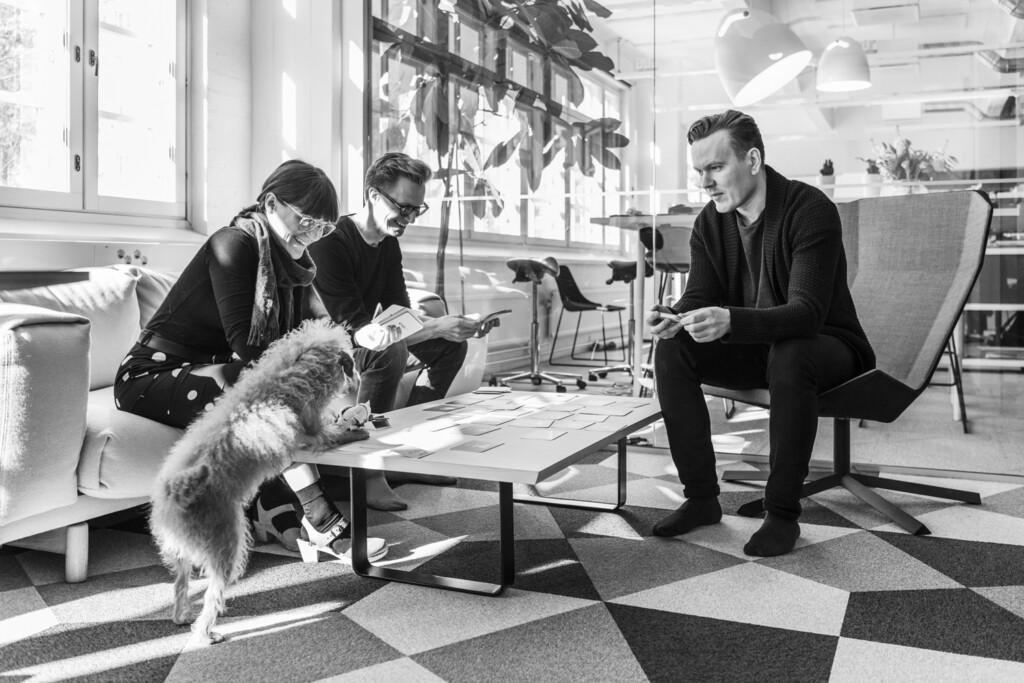
When we communicate with our clients, we always prioritise openness and make sure that we develop a thorough understanding of their organisational culture and values. We run workshops to explore our client’s strategic goals and the role the physical workplace plays in their business.
These sessions are an excellent opportunity for us to pin down shared objectives and make sure that the client’s voice is heard loud and clear throughout the design process.
The physical workplace is a useful management tool but also an organisational feature, an asset even, that allows you to stand out and get noticed by both your customers and staff. People no longer come to the office because that’s where their desk is, they come to see other people. We are social animals and enjoy being part of a community. Being surrounded by other people enhances our wellbeing and drives our creativity. The workplace of the future is perhaps best thought of as the new home of work.
Change is coming
What happens at the office should stay at the office. Work “stuff” should never be allowed to intrude on anyone’s family life or free time. With your work and private life kept separate, time management becomes easier and you have the opportunity to rest and recharge your batteries properly. It’s likely that we’ll see our workplaces evolve into something cosier, softer even, both spatially and visually. They may well become smaller in size but will offer a more engaging and holistic experience to staff. Workplaces need to be irresistible, make people want to come to work, like here at Amerikka.
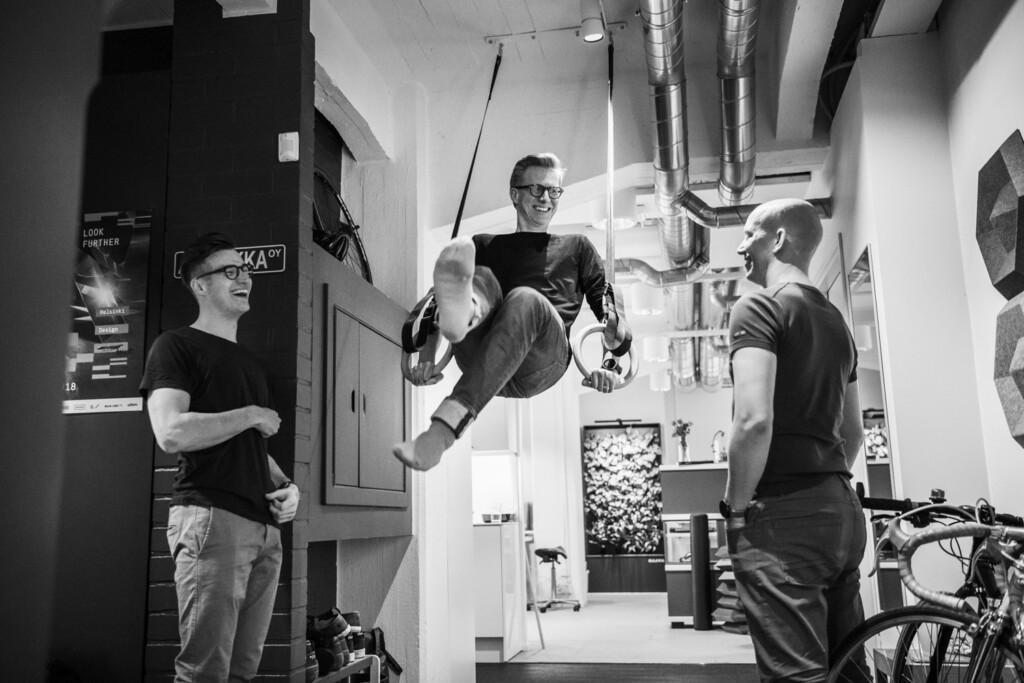
The role of the digital
With multi-location working and both leadership and social interaction now happening remotely, high-quality digital environments are more important than ever. But the digital needs to be balanced out by something human and familiar. This highlights the social dimension of the bricks-and-mortar workplace. We know that innovation, team building, new ideas and tacit knowledge sharing thrive when we are face-to-face. These should be a priority at every workplace, and the physical setting should be designed in such a way that allows people to see it as the home of their work community, where ideas are created effortlessly, and people feel a sense of belonging. Change is always an opportunity, and switched-on businesses can turn an office refit into a shared cultural and design project that gets the team to gel together.
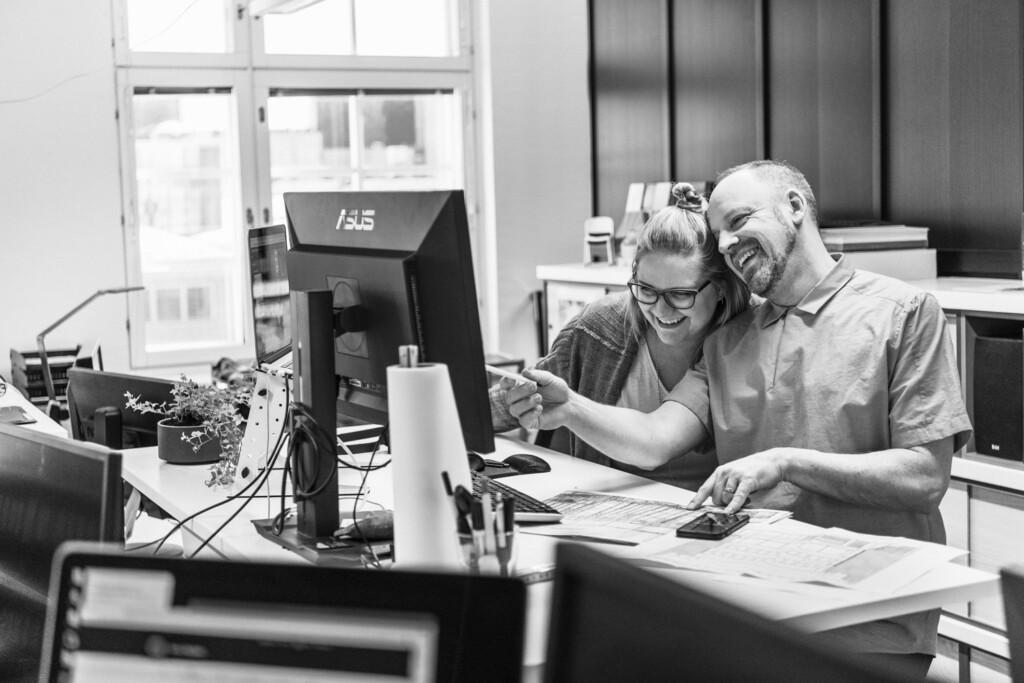
You might also be interested in
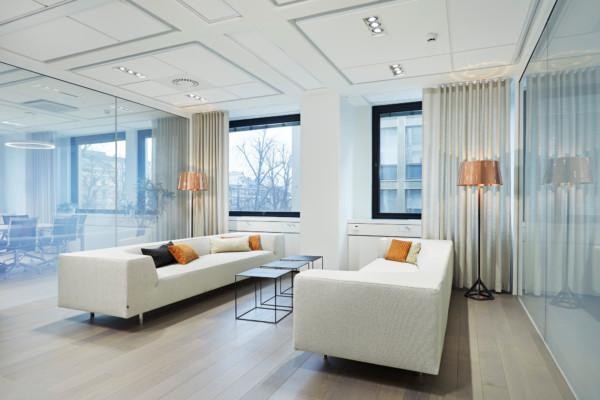
Office design in the center of Helsinki
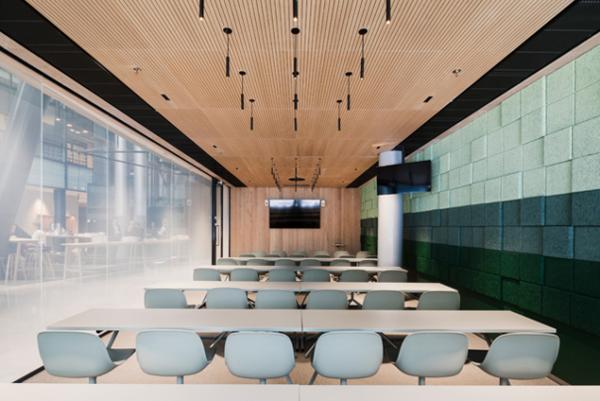
Antilooppi Management Oy, HTC Pinta
